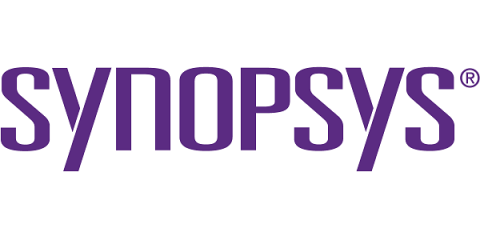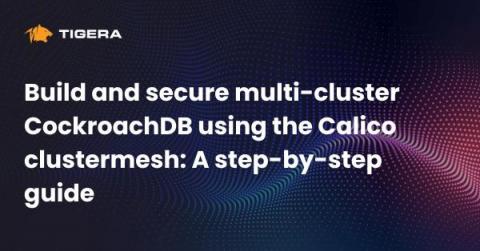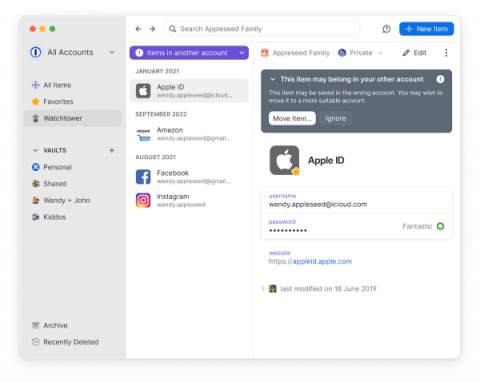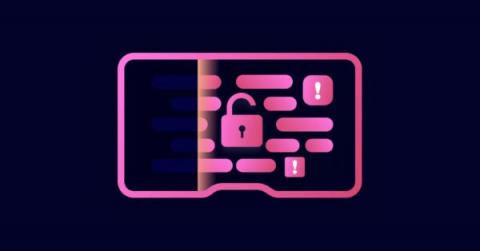Security | Threat Detection | Cyberattacks | DevSecOps | Compliance
Latest News
Build and secure multi-cluster CockroachDB using the Calico clustermesh: A step-by-step guide
With the rapid adoption of Kubernetes in organizations and the push to standardize the orchestration of resources with this approach, databases are now also being deployed into Kubernetes. Historically, persistent workloads like databases were not recommended for their deployment into Kuberntes as it was complex to manage how data would be stored. This was a result of Kubertnes originally being designed for non persistent microservice architectures.
1Password: New features unlocked [Summer edition]
A big part of 1Password’s mission is to make it both easier and safer for you to get things done every day, whether you’re at home or at work.
Cyberattack Spotlight: The Zero-Day Exploit
Advanced Medical Management Suffered a Data Breach Impacted Nearly 320K People
Advanced Medical Management is a technical and healthcare management service that offers administrative and technical support to healthcare companies. The provider works with large-scale companies and their data in the process. It was alarming to learn the company suffered from a recent data breach, making its information available to individuals that shouldn't have it.
Is Cyber Insurance Worth It?
AI is the Future of Cybersecurity. Here Are 5 Reasons Why.
While Gen AI tools are useful conduits for creativity, security teams know that they’re not without risk. At worst, employees will leak sensitive company data in prompts to chatbots like ChatGPT. At best, attack surfaces will expand, requiring more security resources in a time when businesses are already looking to consolidate. How are security teams planning to tackle the daunting workload? According to a recent Morgan Stanley report, top CIOs and CISOs are also turning to AI.
Session management security: Best practices for protecting user sessions
Session management security is an essential component of web application development. It safeguards user sessions and prevents unauthorized access. Managing sessions secures the confidentiality, integrity, and availability of sensitive user data. It also protects user privacy at large — which is essential to maintaining user trust in an application. When we manage sessions securely, we establish processes to destroy session tokens when users log out or their session ends.
27 Cybersecurity Professionals and Business & Technology Leaders Reveal the Most Important Cyber Risk Trends Companies Need To Look Out for
Cyber risk trends are constantly evolving, driven by the pace of technological advancements that streamline business processes yet can introduce vulnerabilities in your company’s attack surface. With increased use of SaaS, cloud solutions, APIs, and third-party services, companies have many exposed and connected internet-facing assets that they’re unaware of, providing an open door for attackers to exploit.
The New Era of AI-Powered Application Security. Part One: AI-Powered Application Security: Evolution or Revolution?
Imagine the following scenario. A developer is alerted by an AI-powered application security testing solution about a severe security vulnerability in the most recent code version. Without concern, the developer opens a special application view that highlights the vulnerable code section alongside a display of an AI-based code fix recommendation, with a clear explanation of the corresponding code changes.











